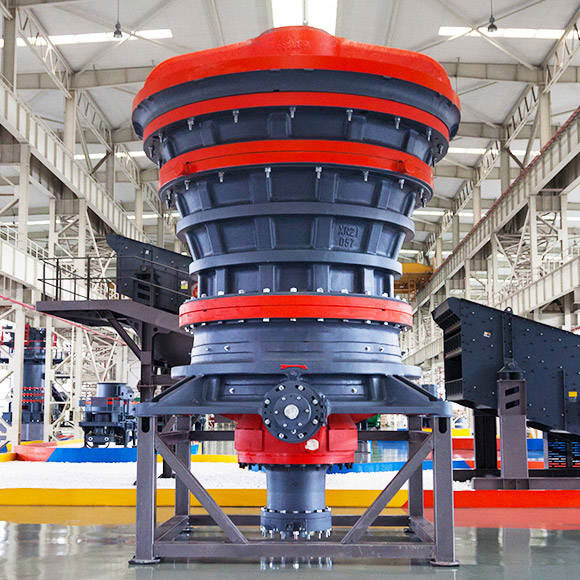The installation of a gyratory crusher in a crushing plant requires careful planning and coordination. Gyratory crushers are used to crush various materials and are commonly employed in primary crushing stages. They have a conical-shaped main body that gyrates around a vertical axis, providing a crushing motion to the material fed into the chamber.
Here, I will provide a brief overview of the installation process for a gyratory crusher in a typical crushing plant. Please note that specific installation procedures may vary depending on the manufacturer’s guidelines and the site requirements.

Foundation Construction:
A robust and well-designed foundation is crucial for the safe and stable operation of the gyratory crusher. The foundation should be capable of supporting the crusher’s weight and absorbing the vibrations generated during operation. Typically, the foundation is made of reinforced concrete and may require specialized engineering and calculations to ensure its strength and stability.
Structural Support:
Once the foundation is in place, the necessary structural support for the gyratory crusher must be erected. This may involve the installation of steel beams, columns, and platforms to create a stable framework. The supporting structures should be designed to withstand the crusher’s dynamic loads and provide access for maintenance and inspection.
Conveyor System:
A well-designed conveyor system is essential for the efficient operation of the crushing plant. It is responsible for transporting the material from the primary crusher to the next processing stage. The conveyor system should be installed, aligned, and tested to ensure proper functioning.
Electrical and Control Systems:
The gyratory crusher relies on electrical power to operate, so the installation of electrical systems is critical. This includes wiring, connections, and control panels. Electrical components must be properly grounded and comply with safety standards. It is also essential to install an effective control system to monitor and regulate the crusher’s operation.
Installation of Crusher Components:
The main components of the gyratory crusher, including the mantle, concaves, spider assembly, eccentric assembly, and drive system, are carefully installed according to the manufacturer’s instructions. Each component has specific installation requirements and must be properly aligned and secured.
Lubrication and Fluid Systems:
Proper lubrication is vital for the smooth operation of the gyratory crusher. Lubrication systems, including oil pumps, filters, and reservoirs, need to be installed and connected. Hydraulic systems, if applicable, should also be installed and tested.
Testing and Commissioning:
Once the installation is complete, thorough testing and commissioning are performed to ensure that the gyratory crusher operates as intended. This includes running the crusher under various load conditions, checking for any abnormal vibrations or noises, and verifying the functionality of all control systems.
